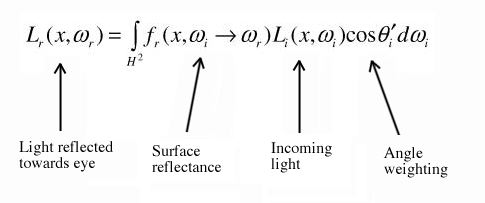
Below are some suggestions on how to prepare an effective talk. Read through this before you prepare for your class presentation.
Greg Turk
On your slides, use phrases to hit the high points, not complete sentences. Full sentences will cause the audience to ignore you while they read the slides, and might also trap you into reading the sentences verbatim. Instead, your slides should tick off the main points much like an outline. The words that you speak will transform this outline into a complete description of the subject. Try to keep each bullet point to one or at most two lines of text.
Don't cram text onto your slides. Having 8 to 12 lines is about right, but 20 lines will crowd a slide. Try reading your slides on a screen from about 5 feet away. This should give you a rough idea of how large the letters will appear to someone in the back of the room.
Explain the important concepts in your talk in as many ways as you can. If you really want to get a point across, say it in words, in pictures, and in equations.
Figures and pictures will not only aid in presenting ideas more clearly, but will also break up the monotony of a text-only talk. Don't limit yourself to images and diagrams from the original paper! Create your own diagrams if it will help to get across the idea better. Feel free to incorporate images from other sources, too, such as related papers or images you found on Web sites.
Most people understand English much more easily than mathematics. To aid your audience's understanding of an equation, write the term's meaning directly below each term. Use your judgement about how often you want to use this technique, but when in doubt, err on the side of verbosity. For instance, here is an annotated version of the rendering equation:

Don't hesitate to let some of your personality shine through during your talk. You might do this through your choices of examples, by telling an occasional joke, or by pointing out the aspects of a problem that particularly appeal to you.
Pause and ask for questions after key points or difficult sections. These are the times when the most interesting discussions are likely to occur.
Practice your talk out loud and time yourself. Speaking out loud will force you to come up with specific phrases to describe your subject. You will find that phrases will come to mind much better when you give your actual talk if you have spoken about the topic out loud before. Timing your practice talk will often surprise you, and you don't want to be surprised about the length of your talk when you give it in front of others.